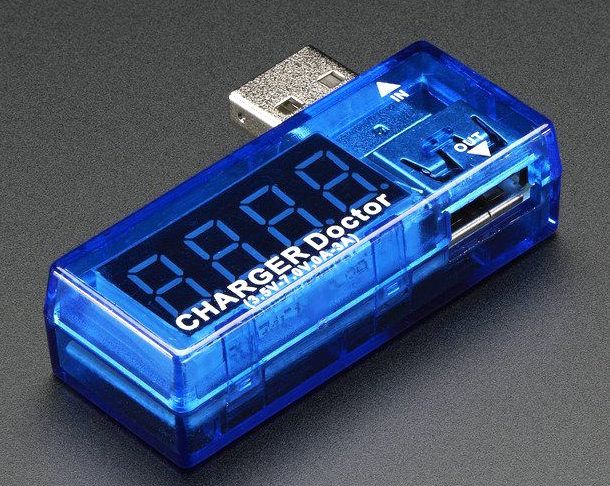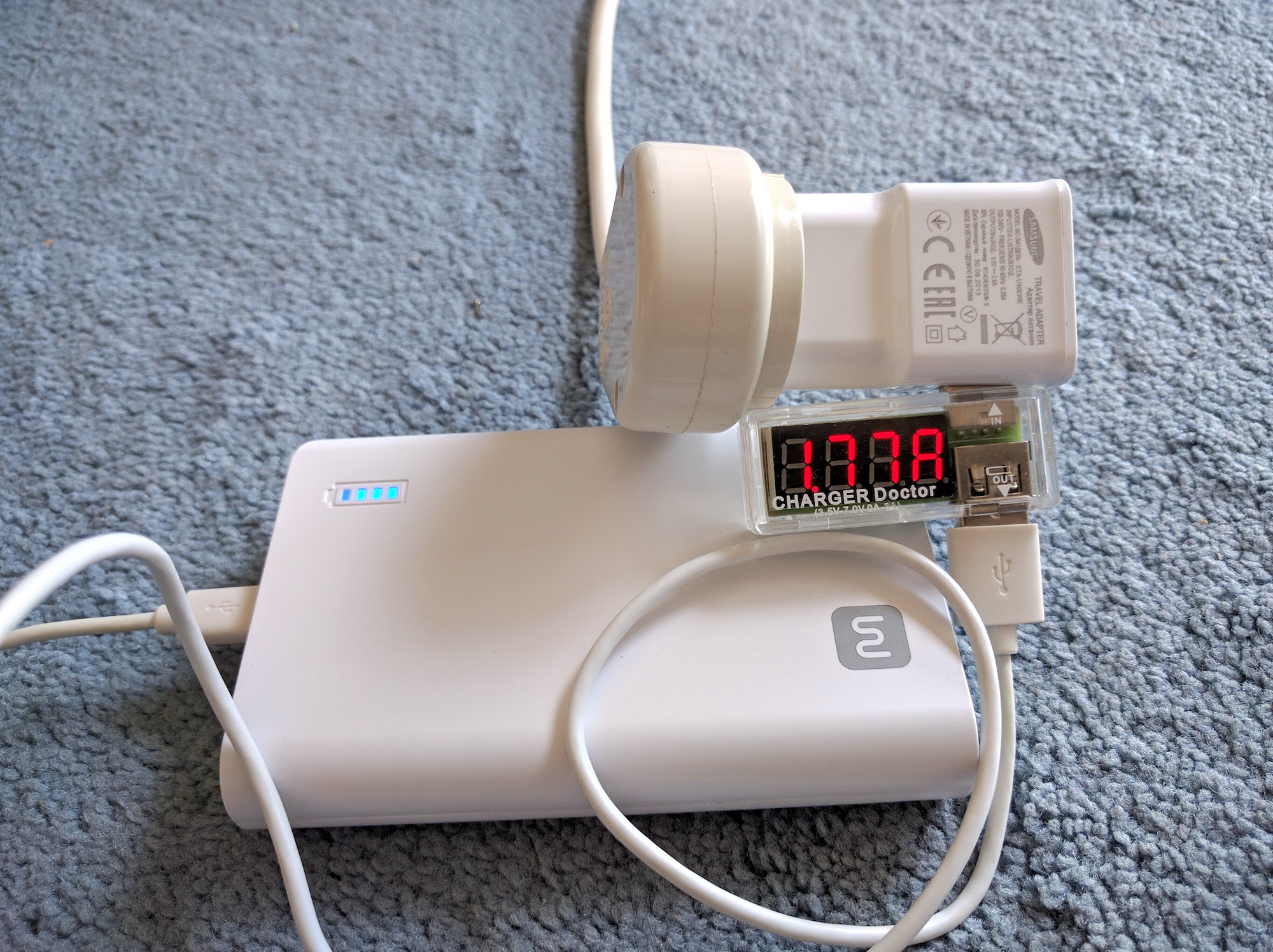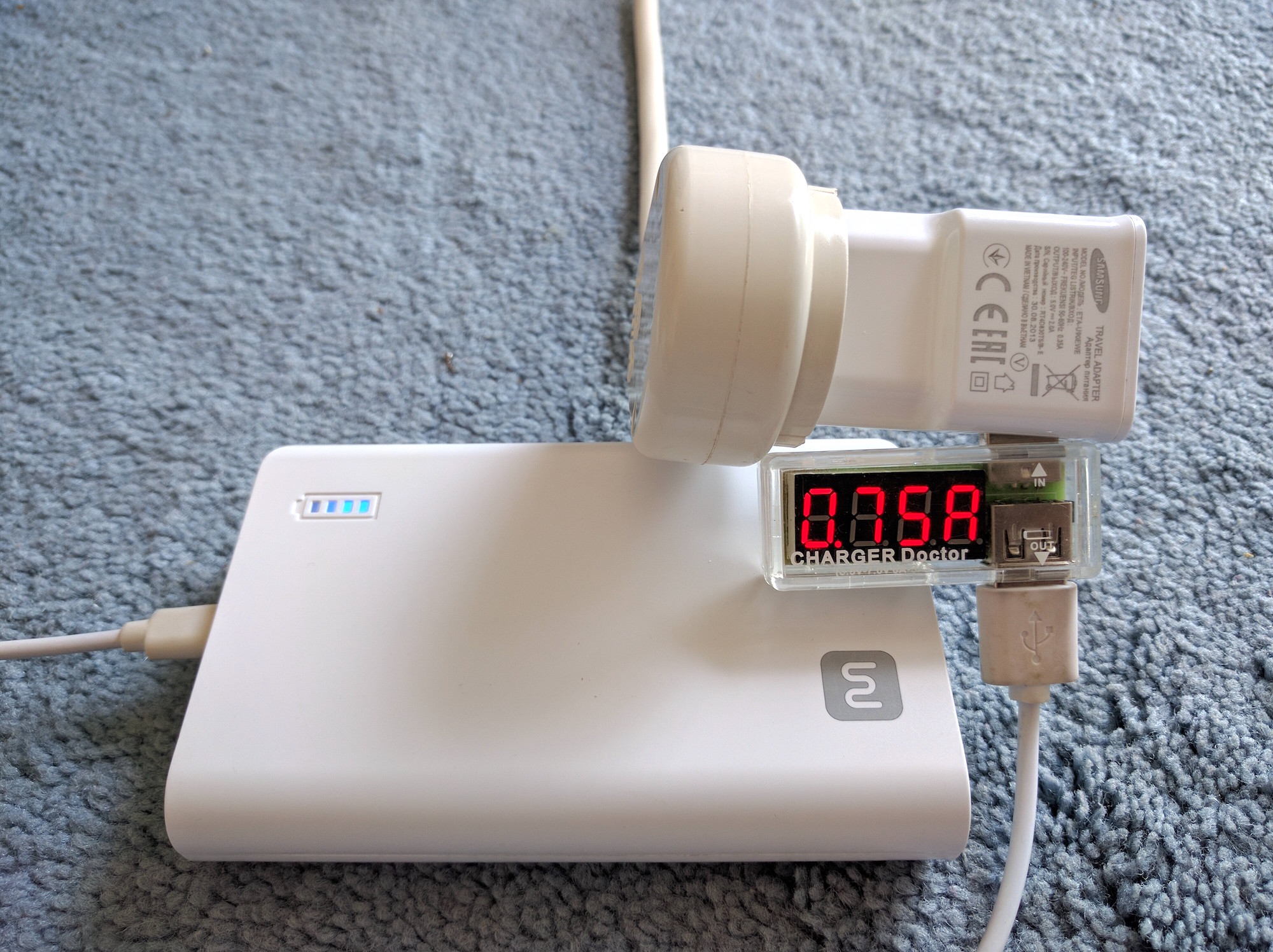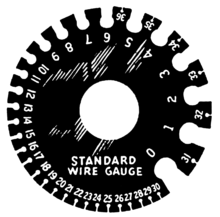One of the first posts to appear on this blog was Amir's very informative description of the workings of the cell phone power supply (charger). In passing, he mentioned AWG (American Wire Gauge). This post aims to explain its significance in a little more detail.
Amir described using the Charger Doctor to measure the voltage and current passing into the phone. The same power supplies are often used for the Raspberry Pi - and as an enthusiastic user, I've always been worried about the output of my 5v chargers.

The problems began with the Raspberry Pi 2 - that required a power supply capable of at least 2 amps. Since then, things have moved on, and now the Raspberry Pi 3 needs at least 3 amps. The need for more amps means we're forever buying increasingly powerful chargers to keep things going.
KODI
The people who really notice this are the Kodi users. If the power isn't adequate, the very annoying colored square appears top right - and sometimes it's a challenge to get rid of it.

It was during a recent fight with my Kodi that I discovered something hugely significant.
My power supply claimed it could deliver 3 amps. It was feeding a RasPi 2 - that should only need 2. Yet still, the "box of doom" pulsed in the corner.
I changed power supplies. I had one of those terrific IKEA 3-way USB's. (I say it's terrific because of this video).
It didn't help.
I pulled out my voltmeter and poked around. Everything seemed fine.
I then deployed my Disk Doctor and played around some more. It was then that I found my problem wasn't the power supply at all.
Take a look at the following photos. I am charging a power brick, using exactly the same power supply. Look at the difference in the power being delivered.


Why is that?
Well, this should explain it clearly:
American Wire Gauge (AWG)
If that's too complicated, then let's talk about Wire Gauge.

If you look at the circle above you see numbers next to cutouts - representing the "gauge" of the wire. The largest circle, (number 0) is the thickest gauge wire. The smallest, 36 (between 5 - 6), is the thinnest.
Imagine a water pipe of 0 gauge. How much water would flow through it? Now imagine a pipe of gauge 36. Get the picture?
Length Counts Too
But it's not enough to just to measure the cable's girth - its length is important too. A long cable will have considerably more resistance than a short cable, leading to much less current flow.
Which Gauge is best?
In seeking the maximum current that each gauge can carry, I came across this calculator but I'm not sure how accurate it is. When I applied 5v at 3 amps over 1 meter at 3% loss, it told me I need 18 AWG. 1 amp would require 22 AWG. That doesn't reflect the real world where cables that carry over 2 amps don't usually go lower than 24 AWG.
A detailed description of the engineering involved can be found here. The article explains the very significant effect of the wire's AWG and its resistance.
Double Time
Let's look at my photos above again. Notice that the current on the bottom is less than half of the current on the top. This means much less than half of the amount of electricity is flowing to the power brick. That means it'll take more than twice the time to charge your phone. It also means your RasPi might be under-powered - just because of the cable.
Summing Up
When you buy a USB charging cable, you need to check its gauge. 24 or lower is best. 28 is all but useless - and many of the cheap Chinese cables use the latter.
The shorter the cable, the less resistance, so get the shortest cable you can live with. Half a meter is recommended if you need to carry 2 amps or above.
The new USB Type C cables are another story altogether. Be very careful what you buy. This article explains why.
